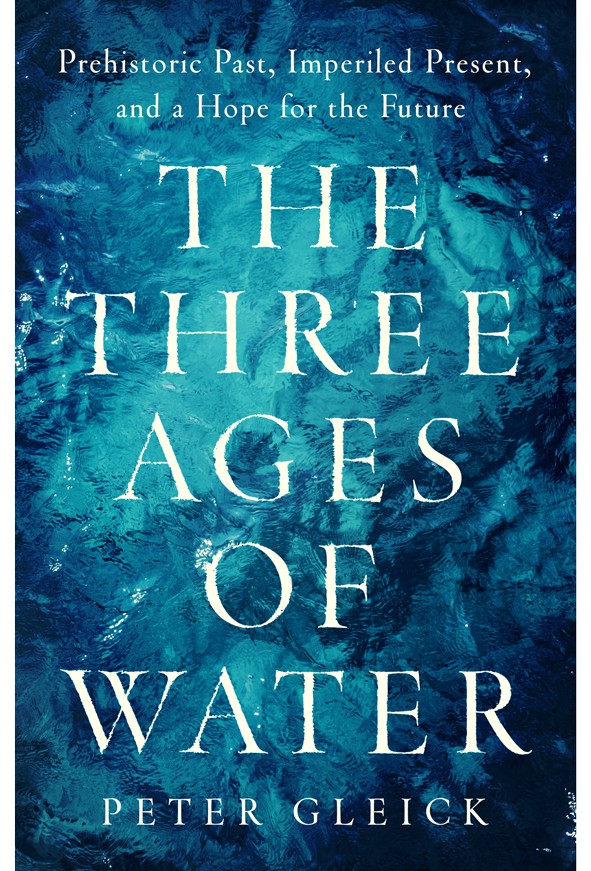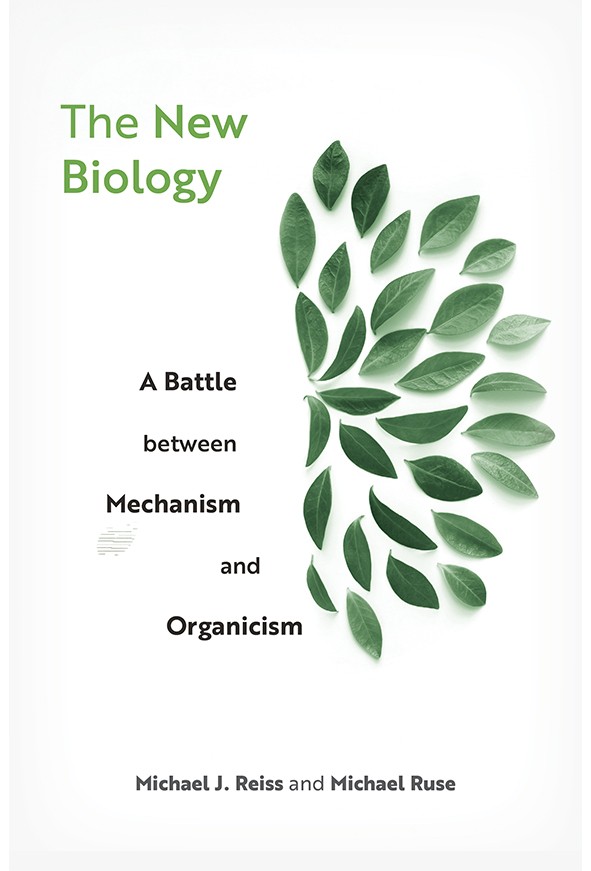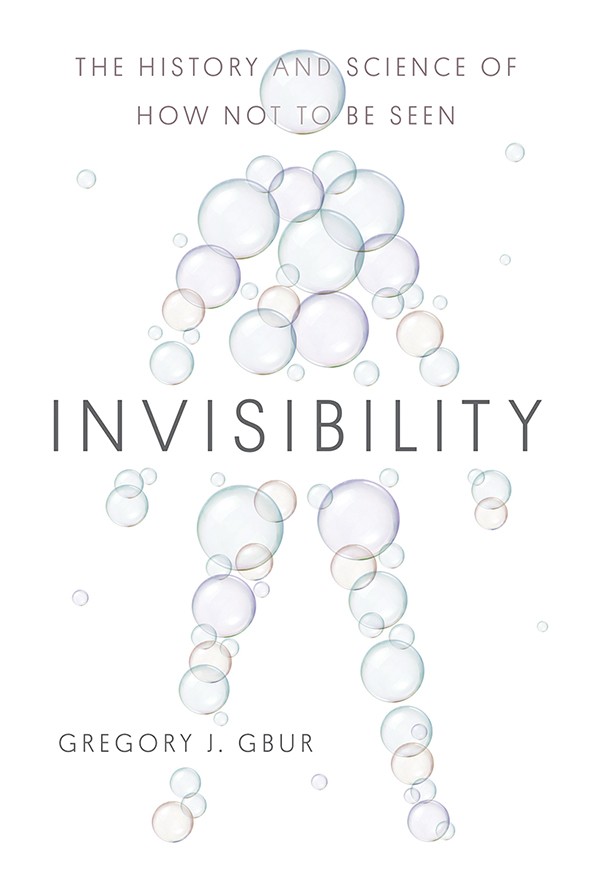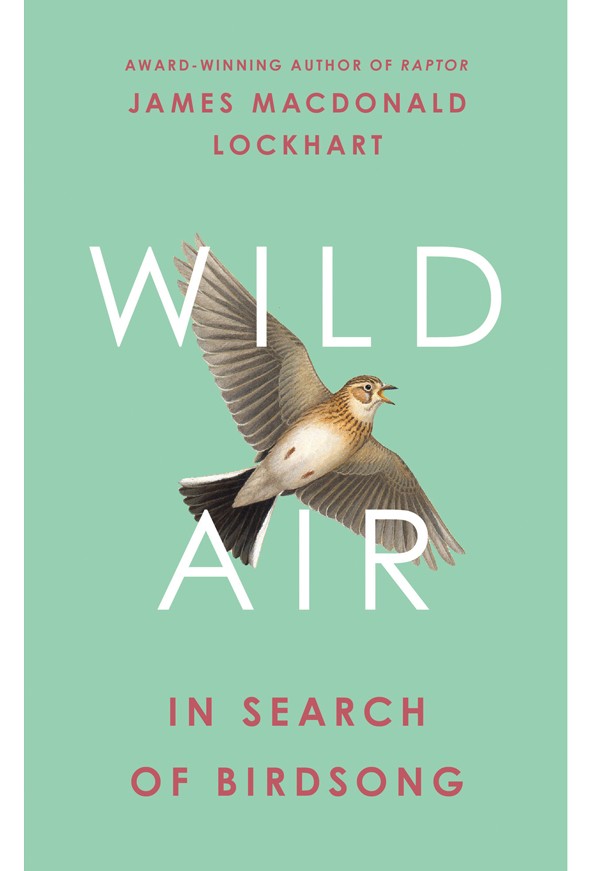The Three Ages of Water
Peter Gleick PublicAffairs (2023)
Water is vital to humans: our hearts and brains are both more than 73% water. Yet we are not conserving the planet’s water, observes hydrologist Peter Gleick, co-founder of the Pacific Institute, a think tank based in drought-prone California. With eloquence and practicality, his essential book discusses the First Age of Water, from the Stone Age to the start of the modern era; the Second Age, of agricultural, industrial and technological revolutions; and the policies required for the Third Age, of sustainability, if civilization is to survive.
Worlds Without End
Chris Impey MIT Press (2023)
The first confirmed exoplanet orbiting a Sun-like star was spotted in 1995. More than 5,000 exoplanets are now known; hundreds are Earth-like, including one circling Proxima Centauri, the star nearest to the Sun. Astronomer Chris Impey’s intriguing investigation suggests that at least one hosts life, given that, even on Earth, life arose “in the darkness and crushing pressure of a hydrothermal vent”. His sci-fi epilogue imagines a starship sent to Proxima Centauri in 100 years, carrying frozen human embryos to be raised as pioneers by cyborgs.
The New Biology
Michael J. Reiss & Michael Ruse Harvard Univ. Press (2023)
Biology has always been a battle between reductionists, who regard life as a machine built of tiny components, and organicists, who explain it holistically in terms of functioning wholes. For example, reductionists expected genetics to explain organisms’ behaviour — until the Human Genome Project showed that we have many fewer protein-encoding genes than anticipated. Science educator Michael Reiss and philosopher Michael Ruse throw light on the controversy, without partisanship, or educational or philosophical jargon.
Invisibility
Gregory J. Gbur Yale Univ. Press (2023)
In 2006, two independent groups of physicists speculated on how to design an ‘invisibility cloak’ by guiding light around an object and then on its way, as if it had met no obstacle. Within six months, this proposal was demonstrated experimentally using microwaves rather than visible light. “The future of invisibility is very hard to see,” admits surprised physicist Gregory Gbur at the end of his tantalizing analysis of the phenomenon, ranging over more than 150 years and including science fiction such as The Invisible Man (1897) by H. G. Wells.
Wild Air
James Macdonald Lockhart Fourth Estate (2023)
The eight bird species whose songs are discussed in this enchanting UK journey by writer James Lockhart have a range of habitats. They are nightjars on a lowland heath; shearwaters on a mountain by the sea; dippers on a river; skylarks in farmland; ravens in woodland; divers on a loch; lapwings on the coast; and nightingales in dense scrub. Each song introduces a life. For instance, nightingales (ironically) don’t move much at night, performing instead from a single perch, “as though the birds don’t trust the darkness around them”.
Competing Interests
The author declares no competing interests.












More News
Daily briefing: Why exercise is good for us
Daily briefing: Orangutan is first wild animal seen using medicinal plant
Old electric-vehicle batteries can find new purpose — on the grid